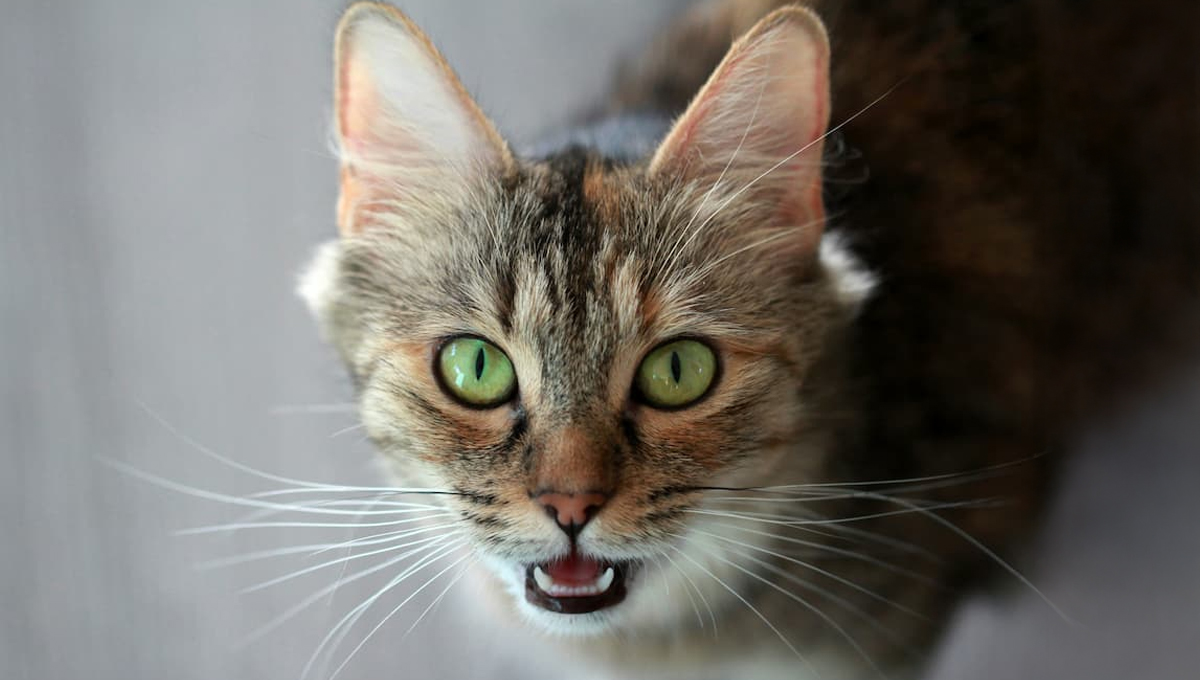It’s that wonderful time of year where we celebrate our feline friends: International Cat Day! This year we’d like to get into some common cat myths and whether they’re fact or fiction. So whether you think cats always land on their feet or that cats can’t be trained, we’ll be debunking these mysteries once and for all.
Cats always land on their feet
While cats have an in-built righting reflex, they might not always land on their feet. Without getting into the complicated science behind it, cats use their ears to balance and work out which way is up when falling and then twist their body to the right way to land on their feet. This is possible due to a flexible back bone and no functional clavicle bone.
Cats are very agile creatures and love to explore and climb – this trains their righting reflex as well as strengthening leg muscles, giving them a higher chance of landing on their feet. Depending on the height of the fall, the cat’s body condition and other external factors, a cat is not always going to land on their feet. While many cats have survived falls from multiple stories, it’s advisable to keep windows closed in tall buildings or high-rise flats to remove this risk.
Indoor cats don’t get fleas
Many cat owners believe that fleas are only a problem for pets who go outdoors all the time, but that’s not the case. Indoor cats can get fleas, as these little parasites can hitch a ride into the home on clothing, other animals, or visitors.
Our previous blog, Even indoor cats get fleas, highlights that most of the flea lifecycle actually happens in the home environment, not on the pet. That means treating your cat alone isn’t enough, you also need to clean bedding, carpets, and furniture, and use household sprays like our Guardian Home Flea Spray alongside flea treatments for your cat to fully break the cycle.
Cats can’t be trained like dogs
Although not as common, cats can be trained to sit, stay or come just like a dog can! Although there isn’t comprehensive research on training cats like dogs, we know that our approach to training needs to be different to the way we train our canine companions.
While dogs tend to be much more accommodating, cats are a bit more aloof and will only work on training on their terms. Your cat will be more up for training after a nap, they’ll see it as play time and be more likely to engage. Keep your session brief but consistent, repeat behaviours and use positive reinforcement like praise or tasty treats as soon as your kitty does what you want it to.
Basic cat training includes coming when called, getting used to be handled or using their litter box. More advanced training could be introducing tricks, getting them to not walk on kitchen counters or sit on command.

Naked cats are hypoallergenic
The majority of cat allergy sufferers have a reaction to the Fel d 1 sticky protein that is found in a cats saliva and sebaceous glands. This protein is spread by cats grooming themselves and with shedding, as it gets dispersed into the environment. While a low hair cat breed like the Sphynx or Devonshire Rex cats have little to no fur to spread, they still produce this protein and spread it while grooming themselves. This means they are not 100% hypoallergenic (sorry allergic cat lovers).
If you still love your feline friends and want a cat that minimises allergic reactions, there are a few breeds you can consider. The Devon & Cornish Rex both have cute curly coats that hold onto less allergens and the Russian Blue breed produce lower levels of the Fel d 1 protein that causes allergies.
Cats are low maintenance
While cats require less attention than dogs in certain ways, they still have significant care, emotional, and physical needs often comparable to dogs, just in a different form.
Cats require meaningful daily care, from grooming and clean litter trays to exercise, mental stimulation and vet visits. Our feline companions also form strong bonds with their humans and rely on them keeping a routine to be content. The myth of cats being low maintenance glosses over the real emotional, time and financial investment required to keep cats healthy and content.
Cats are fascinating, complex creatures surrounded by myths that don’t always hold up to scrutiny. From their ability to land on their feet to their trainability and care needs, our feline friends are full of surprises.
This International Cat Day let’s celebrate the truth about cats: they’re not just pets but cherished companions who enrich our lives in countless ways. Whether you’re a seasoned cat parent or considering adopting one soon, remember that understanding and meeting their needs is the key to a happy, healthy relationship with your furry friend.





